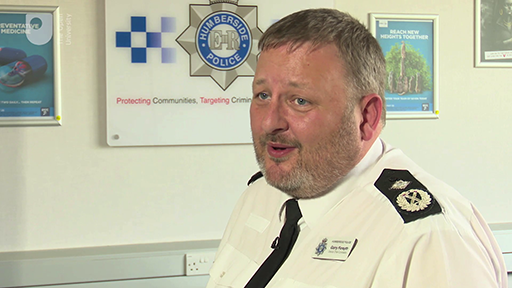3.3 Leadership for collaboration and partnership
Collaboration is not easy and is not just about seeking out a ‘win-win’ for everyone. Where public matters are concerned, outcomes and priorities, and even how problems are tackled, may vary across different parts of the public (e.g. how much force, how much regulation, how much invasion of privacy is seen as acceptable?). Depending on how the problem is framed, more or less of the burden of solving the problem will be laid on different shoulders.
Barbara Gray (1989) described collaboration as the process through which two or more actors engage in a constructive management of differences in order to define common problems and develop joint solutions based on provisional agreements that may co-exist with disagreement and dissent. This definition allows for the existence and sometimes the constructive role of conflict in trying to tackle problems. It means a leader needs to be politically astute in order to understand those differences and to be able to craft ways of seeing and dealing with problems.
In his book Understanding Public Leadership, Paul ’t Hart (2014) argues that this puts the leader less in a position of authority over others (vertical line management, for example) and more having to exercise horizontal leadership, operating through influence, persuasion and negotiation, and working to convene the appropriate groups to address the problem. This is a very different form of leadership where leadership may have to be exercised in situations where no-one is wholly in charge, and where interdependent action from the private, public and voluntary sectors may be needed.
We conclude our study of public leadership by returning to the theme of public value, and how it may be created or enhanced through collaboration between different areas of the public services. At various points in this course, our panel of police leaders have made reference to this, but here they emphasise how vital collaboration is for effective public leadership that delivers public value.


